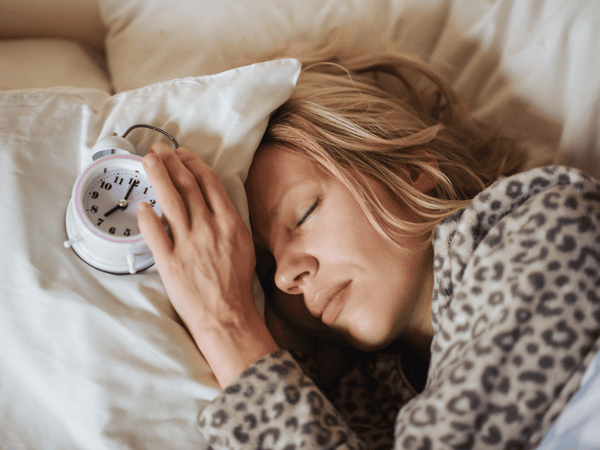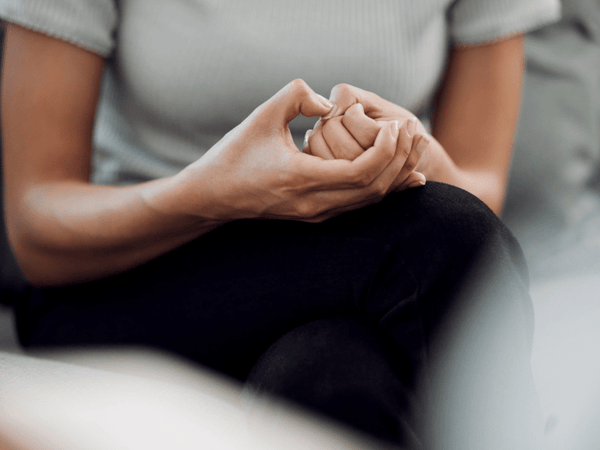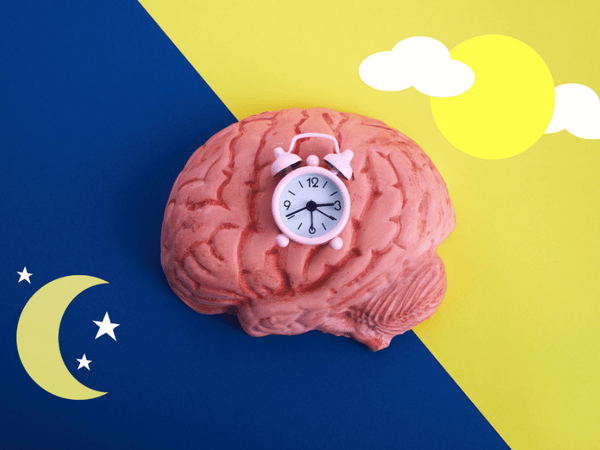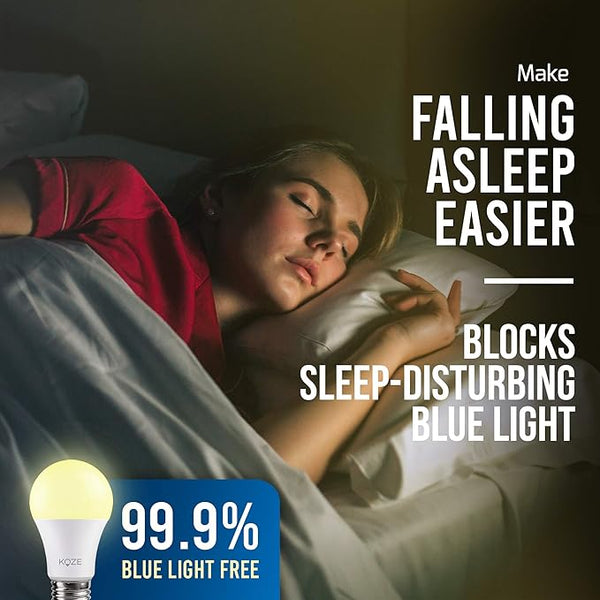
Therapy Light Lamp
Therapy light lamps, also known as light therapy lamps or SAD lamps, are devices that emit bright light similar to natural sunlight. These lamps are designed to mimic the effects of sunlight to help regulate the body's internal clock and improve overall mood and well-being.
Benefits of Therapy Light Lamps:

-
Mood Enhancement: Therapy light lamps are commonly used to improve mood and alleviate symptoms of seasonal affective disorder (SAD) and other types of depression.
-
Increased Energy: Exposure to bright light from therapy lamps can help boost energy levels, especially during the darker months of the year.
-
Improved Sleep: Light therapy can help regulate circadian rhythms, which can improve sleep quality and reduce symptoms of insomnia.
-
Skin Health: Some therapy lamps emit specific wavelengths of light that can help improve skin conditions such as psoriasis, acne, and eczema.
-
Non-Invasive Treatment: Light therapy is a non-invasive treatment option with minimal side effects, making it a popular choice for individuals seeking natural remedies.
In this comprehensive guide, we will delve deeper into how therapy light lamps work, the different types available, and how to choose the right one for your needs. We will also provide tips on using therapy light lamps safely and effectively to maximize their benefits.
How Therapy Light Lamps Work
Explanation of Light Therapy
Light therapy, also known as phototherapy, is a treatment method that involves exposure to artificial or natural light. This type of therapy is based on the idea that certain wavelengths of light can have therapeutic effects on the body. Light therapy is commonly used to manage conditions such as SAD, sleep disorders, and certain skin conditions.
Effects of Light Therapy on the Body
When the eyes are exposed to bright light, it sends signals to the brain to reduce the production of melatonin, a hormone that regulates sleep-wake cycles. This can help improve mood and increase energy levels, especially in people who experience seasonal changes in mood and behavior.
How Therapy Light Lamps Mimic Natural Sunlight
Therapy light lamps are designed to emit bright, warm light, that mimics natural sunlight. These lamps are often equipped with full-spectrum light bulbs that produce a broad spectrum of light, including wavelengths that are similar to those found in natural sunlight. By using warm light mimicking natural sunlight, therapy light lamps can help regulate circadian rhythms and improve mood and energy levels in individuals affected by conditions such as SAD.
Benefits of Therapy Light Lamps
Improved Mood and Energy Levels:

One of the primary benefits of therapy light lamps is their ability to improve mood and increase energy levels. Exposure to bright light has been shown to stimulate the production of serotonin, a neurotransmitter that plays a key role in regulating mood.
Management for Seasonal Affective Disorder (SAD):

Therapy light lamps or sad lamp are a common treatment for seasonal affective disorder (SAD), a type of depression that occurs at a specific time of year, usually during the fall and winter months when daylight hours are shorter. . Light therapy desk lamp and other lamps can help alleviate symptoms of SAD, such as fatigue, irritability, and sadness.
Regulation of Circadian Rhythms:

Exposure to bright light from therapy lamps can help regulate circadian rhythms, the body's internal clock that controls the sleep-wake cycle. This can be particularly beneficial for individuals who have irregular sleep patterns or who experience insomnia.
Potential Benefits for Skin Health:
Some therapy light lamps emit specific wavelengths of light that can help improve skin health. For example, blue-light therapy is often used to treat acne, while red light therapy is used to promote wound healing and reduce inflammation. Therapy light lamps that emit these wavelengths of light can help improve skin conditions such as acne, eczema, and psoriasis.
Types of Therapy Light Lamps
1. Full-Spectrum Light Therapy Lamps:
These lamps are designed to mimic natural sunlight by emitting a full spectrum of light, including both visible and invisible wavelengths. Full-spectrum light therapy lamps are often used to treat SAD and other mood disorders.
KOZE Day
The KOZE Day Bulb is an innovative lighting solution that harnesses the power and warmth of patented Sun-like LED technology to deliver a full light spectrum closely resembling natural sunlight, without the harmful effects of UV rays. This unique light bulb is designed to enhance your mood, energy levels, vitality, and overall performance, making it an ideal choice for daytime use.
Its dimmable feature allows you to adjust the brightness levels of the lamp face light settings, ranging from low settings to high brightness levels, to suit your preferences, seamlessly integrating the floor lamp into your existing lighting setup. Experience the benefits of natural sunlight indoors with the KOZE Day Bulb, a game-changer in the world of artificial lighting.
2. Bright Light Therapy Lamps:
Also known as best of light boxes, therapy of light boxes or box light boxes, these lamps emit bright, white light that is similar in intensity to natural sunlight. Bright of light boxes or therapy light box lamps are commonly used to treat SAD and sleep disorders.
3. Dawn Simulators:
Dawn simulators are devices that gradually, through various color temperature settings and other brightness levels and settings, increase the color temperature intensity of light in the morning to simulate a natural sunrise. This can help regulate circadian rhythms and improve wakefulness and mood upon waking.
KOZE Sleep
The KOZE Sleep Bulb is a revolutionary lighting solution designed to promote better sleep and enhance your overall well-being. By emitting a soft, gentle amber light, this innovative bulb effectively blocks 99.9% of toxic blue light, which can disrupt your natural circadian rhythm.
Utilizing technology that has been studied by NASA to aid astronauts in achieving restful sleep in space, the KOZE Sleep Bulb employs a unique light spectrum. This specialized spectrum supports optimal melatonin production, enabling you to enjoy deeper, more restorative sleep and wake up feeling more refreshed. Embrace the power of scientifically-backed lighting with the KOZE Sleep Bulb, and transform your sleep experience for the better.
4. Blue Light Therapy Lamps:
Blue light therapy lamps emit a specific wavelength of blue light that has been shown to be effective in treating acne and other skin conditions. Blue light therapy is also used to regulate circadian rhythms and improve mood and energy levels.
How to Choose the Right Therapy Light Lamp
Consideration of Light Intensity and Spectrum
When choosing a therapy light lamp, consider the light intensity and how much space it emits. Look for lamps that provide light exposure of at least 10,000 lux of light intensity at a comfortable sitting distance. Full-spectrum lamps are preferred as they give more light and mimic natural sunlight more closely.
Size and Portability
Consider the size effective placement of the lamp face, and portability of the light boxes on the lamp, especially if you plan to move entire lamp and light boxes to use it in different locations. Choose a desk lamp that fits comfortably on your desk or table and the light box is easy to move if needed.
Timer and Adjustable Settings
Look for lamps with built in stand--in timers and adjustable brightness settings here. A timer can help you control your exposure to light, while adjustable brightness settings allow you to customize brightness settings and the intensity and color temperature of the lamp's light show.
Safety Features
Ensure that the floor lamp has safety features such as UV protection and flicker-free operation. UV protection on floor lamps and lamp is important to protect your skin and eyes from harmful UV rays, while flicker-free operation reduces eye strain and fatigue.
Using Therapy Light Lamps Safely
Recommended Usage Times and Distances: It is recommended to use a therapy light lamp for about 20-30 minutes per day, preferably in the morning. The lamp should be placed at a distance of about 16-24 inches from your face, and the light should enter your eyes indirectly, such that how much light as from the side.
Potential Side Effects and How to Mitigate Them: While light therapy is generally safe, some people may experience side effects such as eye strain, headache, or nausea. To mitigate these effects, take breaks during your light therapy session, and avoid looking directly at the lamp. If you experience persistent side effects, discontinue use and consult a healthcare professional.
Consultation with a Healthcare Service Provider Before Use: Before starting any light therapy, especially if you have any underlying health conditions or are taking medications, it is important to consult with a healthcare professional. They can provide guidance on whether light therapy is appropriate for you and help you develop a safe and effective treatment plan.
Frequently Asked Questions (FAQs)
1. How long should I use a therapy light lamp each day?
The recommended usage time for a therapy light lamp is typically 20–30 minutes per day. However, the exact duration may vary depending on the intensity of the lamp and individual needs. It's best to start with shorter sessions and gradually increase the time if needed.
2. Can I use a therapy light lamp while taking medication?
It's important to consult with a healthcare professional before using a therapy light lamp, especially if you are taking medication. Some medications can interact with light therapy, so it's important to get advice from a medical professional to ensure the treatment is safe and effective for you.
3. Are therapy light lamps safe for children and pets?
Therapy light lamps are generally safe for use by adults, but their safety for children and pets has not been well studied. It's best to consult with a veterinarian or pediatrician before using a therapy light lamp on children or pets.
4. Can therapy light lamps help with sleep disorders other than SAD?
Yes, therapy light lamps can be beneficial for sleep disorders such as insomnia and circadian rhythm disorders. The bright light from the lamp can help regulate the body's internal clock and improve sleep quality.
5. How long does it take to see results from using a therapy light lamp?
The time it takes to see results from using a therapy light lamp can vary depending on the individual and the condition being treated. Some people may experience improvements in mood and energy levels within a few days, while others may take longer. It's important to be consistent with your light therapy sessions to see the best results.
6. Can therapy light lamps be used for longer durations for better results?
While longer durations of light therapy may seem beneficial, it is important to adhere to the recommended usage times. Extended exposure to bright light can lead to side effects such as eye strain, headaches, and sleep disturbances. It is best to follow the recommended guidelines for safe and effective use.
7. Are there any specific conditions or medications that may interact with light therapy?
Some medical conditions, such as certain eye conditions or skin conditions, may require special precautions when using a therapy light lamp. Additionally, certain medications, such as photosensitizing drugs, may interact with most light therapy lamps. It is vital to consult with a healthcare professional before starting light therapy if you have any medical conditions or are taking medications.
8. Can therapy light lamps be used in conjunction with other treatments?
Therapy light lamps can be used in conjunction with other treatments for conditions such as depression, insomnia, and skin disorders. However, it is important to consult with a healthcare professional before combining treatments to ensure they are safe and effective together.
9. Do therapy light lamps emit UV radiation?
Most therapy light lamps are designed to filter out UV radiation, but it is important to check the specifications of the lamp to ensure it is safe for use. UV radiation can be harmful to the skin and eyes, so it is important to use a lamp that is specifically designed for light therapy and does not emit UV radiation.
10. Can therapy light lamps be used to treat jet lag or shift work sleep disorders?
Yes, therapy light lamps can be used to help reset the body's internal clock and alleviate symptoms of jet lag or shift work sleep disorder. Using a therapy light lamp in the morning can help regulate circadian rhythms and improve sleep quality.
Conclusion
Therapy light lamps offer a range of therapeutic benefits, including improved mood, increased energy levels, and regulation of circadian rhythms. These lamps can be a valuable tool for individuals seeking a natural and non-invasive treatment option for conditions such as seasonal affective disorder (SAD), sleep disorders, and skin conditions.
By mimicking natural sunlight, the best light therapy lamp, light box, and best light therapy lamps can help regulate the body's internal clock and improve overall well-being. Whether you're looking to boost your mood during the darker months of winter or improve your sleep quality, a portable light therapy lamp, a light box, and best light therapy lamp can be a beneficial addition to your wellness routine.
We encourage you to explore the benefits of light therapy lamps, work with bright light therapy lamps, and see how they can improve your quality of life. Remember to consult with a healthcare representative before starting bright light therapy alone, especially if you have any underlying health conditions or are taking medications.
Additional Resources
Links to Studies and Research on Light Therapy:
- [National Institute of Mental Health - Light Therapy for Seasonal Depression](https://www.nimh.nih.gov/health/publications/light-therapy-for-seasonal-depression/index.shtml)
- [Mayo Clinic - Light Therapy](https://www.mayoclinic.org/tests-procedures/light-therapy/about/pac-20384604)
- [Harvard Health Publishing - Seasonal Affective Disorder](https://www.health.harvard.edu/a_to_z/seasonal-affective-disorder-sad-a-to-z)
Recommendations for Further Reading or Products:
- The Sunbox Company - Light Therapy Products
- Verilux - Light Therapy Lamps
- Philips - Wake-Up Light Therapy Lamps
- Koze Health - Red Light Therapy Devices

